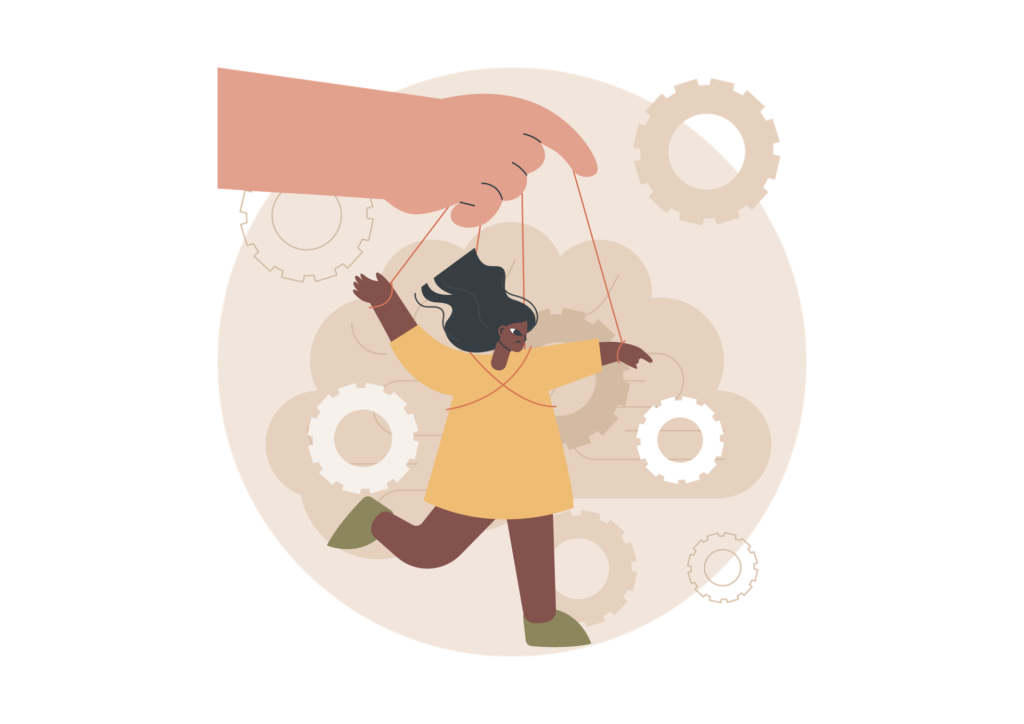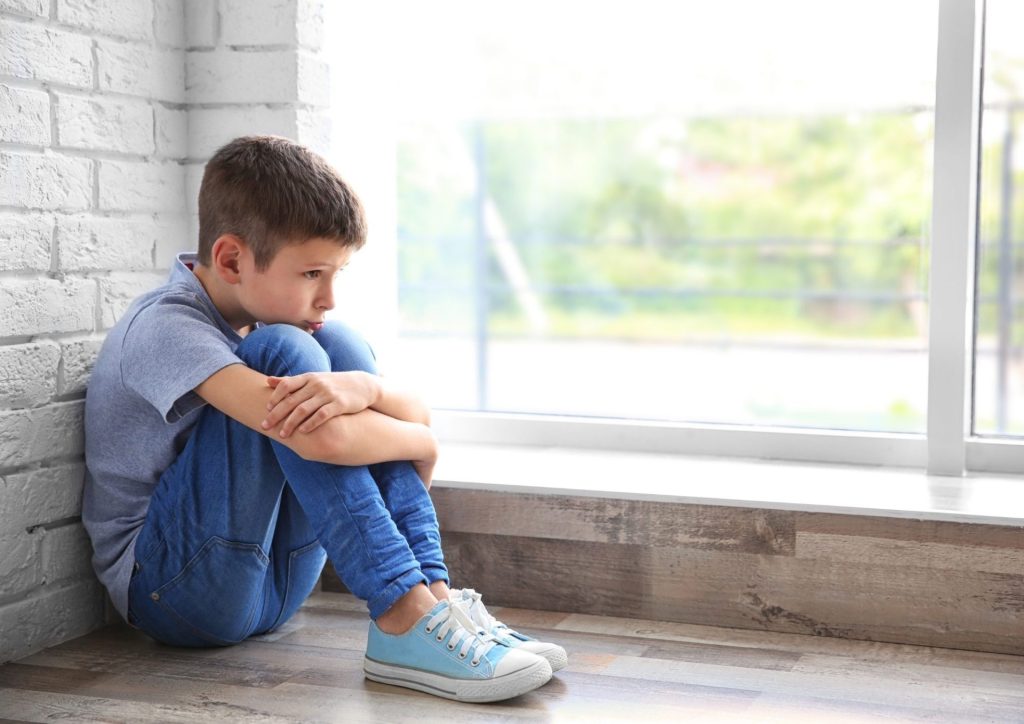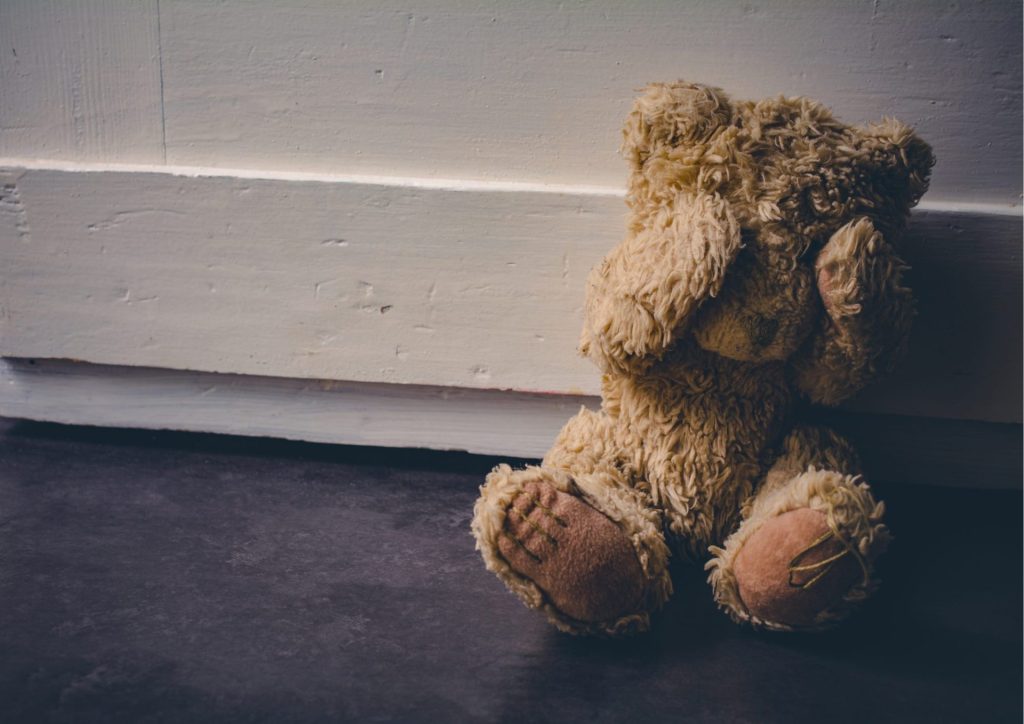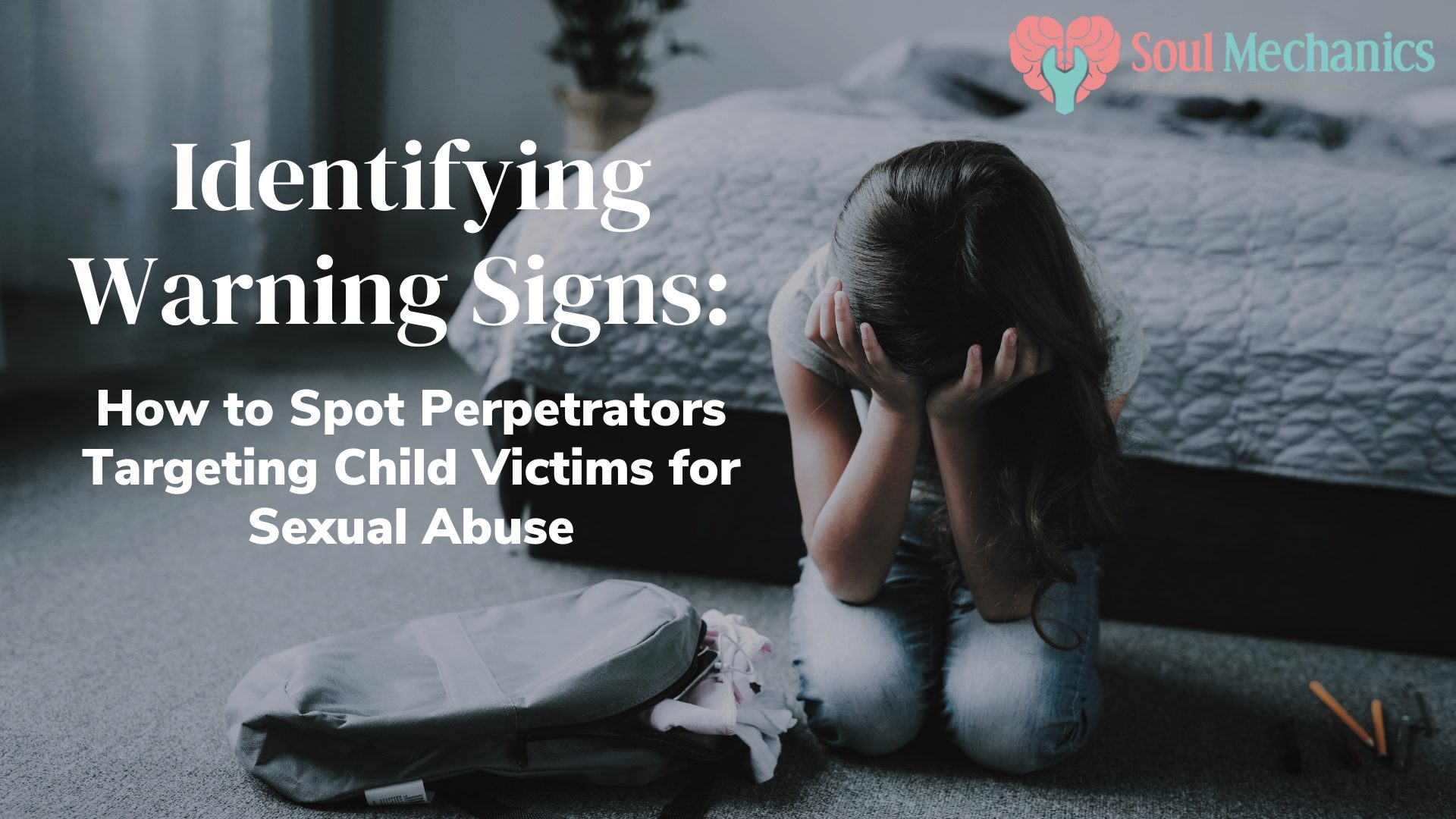How to Spot Perpetrators Targeting Child Victims for Sexual Abuse
How to Spot Perpetrators Targeting Child Victims for Sexual Abuse
Written By: Kelly Chan Jia Li, Clinical Psychologist (MAHPC(CP)00353)
Child sexual abuse is a distressing experience that affects countless lives worldwide. It is essential to comprehend the tactics perpetrators use to target, as awareness is the first step toward prevention. Recognizing the warning signs of perpetrators targeting child victims is crucial for prevention and intervention. In this article, we will explore specific behaviours and indicators the perpetrators employ to equip individuals, parents, and communities with the knowledge to identify potential perpetrators.

1. Grooming Behaviours
Perpetrators often employ a gradual and manipulative process known as grooming to build trust and establish a connection with their potential victims. Grooming involves gaining the child's trust and confidence, making them feel unique and valued. The grooming process typically begins with the perpetrator working to build trust and friendship with the child. This often involves being overly friendly, offering support, and creating a sense of understanding. Perpetrators may use gifts as a means of manipulation and control. For instance, an adult consistently gives expensive or inappropriate gifts to a child, creating a power dynamic that can be leveraged for abuse.
2. Testing Boundaries
Perpetrators will often test the child's boundaries to assess their comfort levels and desensitize them to inappropriate behaviours. These tests may start subtly and escalate over time. Parents or the community must be attentive to signs of boundary violations that may escalate over time. For example, a perpetrator might start with seemingly innocent touches, gradually escalating to inappropriate physical contact while convincing the child that such actions are typical expressions of affection.
3. Gaining the Child's Confidence
Perpetrators often work to gain the child's confidence by being their "friend" and someone the child can turn to for support. They often exploit vulnerabilities shared during these moments. These vulnerabilities can be emotional, psychological, or situational, which allows the perpetrator to manipulate and control the child more easily. The perpetrators listen attentively to a child's problems, offering advice and creating a sense of dependency on their emotional support. For example, a child facing difficulties at school or home may be targeted by a perpetrator who offers support and understanding, capitalizing on the child's need for validation and acceptance.

4. Isolation from Others
Perpetrators seek to isolate their victims from their support systems, making it easier to exert control and manipulate the child without interference. They may discourage or prevent the child from spending time with friends and family. This isolation can be physical or emotional, such as cutting off the child from friends, family, or other protective figures. Hence, if a child is consistently kept away from friends, family, or other protective figures, it is essential to question the reasons behind the isolation. For example, a perpetrator may discourage a child from spending time with friends or family, convincing them they are the only ones who genuinely understand and care for them.
5. Building Dependence
The perpetrators will work to build dependence by positioning themselves as the primary source of comfort, validation, or material support in the child's life. For instance, an adult consistently provides gifts, attention, and emotional support, creating a dependence that makes the child reluctant to displease them.
6. Gradual Introduction of Inappropriate Content
Perpetrators often manipulate children by gradually introducing inappropriate behaviours, such as engaging in inappropriate conversations, to normalize these behaviours over time. This can confuse the child, making them more susceptible to ongoing abuse. Perpetrators may also display an unhealthy interest in a child's body, making inappropriate comments or gestures. For instance, an adult starts sharing inappropriate jokes or discussing mature topics with the child, which gradually pushes the boundaries.

7. Secrecy and Confidentiality
Perpetrators often try to keep their actions hidden. They insist on secrecy and create an atmosphere of confidentiality around their interactions with the child. This secrecy is intended to prevent the child from disclosing the abuse. For instance, an adult instructs the child not to tell anyone about their special activities to foster an environment of secrecy.
8. Maintaining Control Through Threats and Manipulation
In some cases, perpetrators resort to threats to maintain control over the child. This can involve threats of physical harm, exposure of embarrassing information, or harm to loved ones. Perpetrators will also use emotional manipulation to control the child's emotions and reactions. This can involve guilt-tripping, emotional blackmail, or creating a fear of consequences. For example, an adult makes the child believe that their actions or disclosure would hurt the perpetrator or result in negative consequences for the child or their loved ones. A perpetrator might also threaten the child with physical harm or disclose embarrassing information to ensure the child remains silent about the abuse.
9. Online Exploitation
In the digital age, perpetrators may also use online platforms to target children. They may create fake profiles and pose as peers or trustworthy figures to establish connections and exploit the child's naivety. For instance, a perpetrator could pose as a fellow teenager on social media to gain the child's trust by pretending to share common interests and experiences.

Conclusion
Identifying the warning signs of perpetrators targeting child victims for sexual abuse is a critical step in safeguarding the well-being of our children. By recognizing the warning signs used by perpetrators, we can empower communities to stay vigilant about child sexual abuse and protect the well-being of our most vulnerable members. It is vital for parents, educators, and society to be informed and proactive in creating a safe environment where children can thrive without fear of exploitation or harm.
If you find this blog helpful, why not broaden the horizon of knowledge by learning about "Is Alcoholism a Way to Cope with Depression?"?
You can read the blog here.
For more content related to mental health do follow us on our official Instagram.


